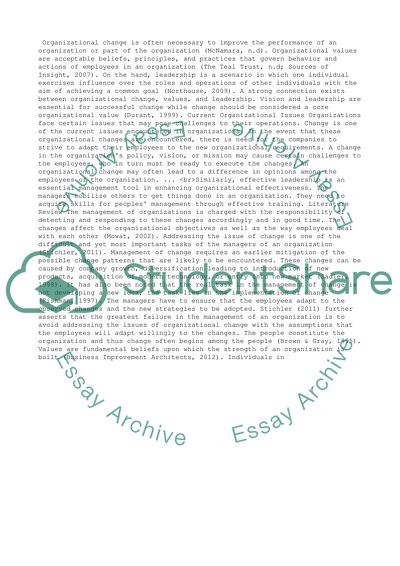Cite this document
(“Organizational Change, Values and Leadership Research Paper”, n.d.)
Retrieved from https://studentshare.org/management/1443598-organzational-change-values-and-leadership
Retrieved from https://studentshare.org/management/1443598-organzational-change-values-and-leadership
(Organizational Change, Values and Leadership Research Paper)
https://studentshare.org/management/1443598-organzational-change-values-and-leadership.
https://studentshare.org/management/1443598-organzational-change-values-and-leadership.
“Organizational Change, Values and Leadership Research Paper”, n.d. https://studentshare.org/management/1443598-organzational-change-values-and-leadership.


